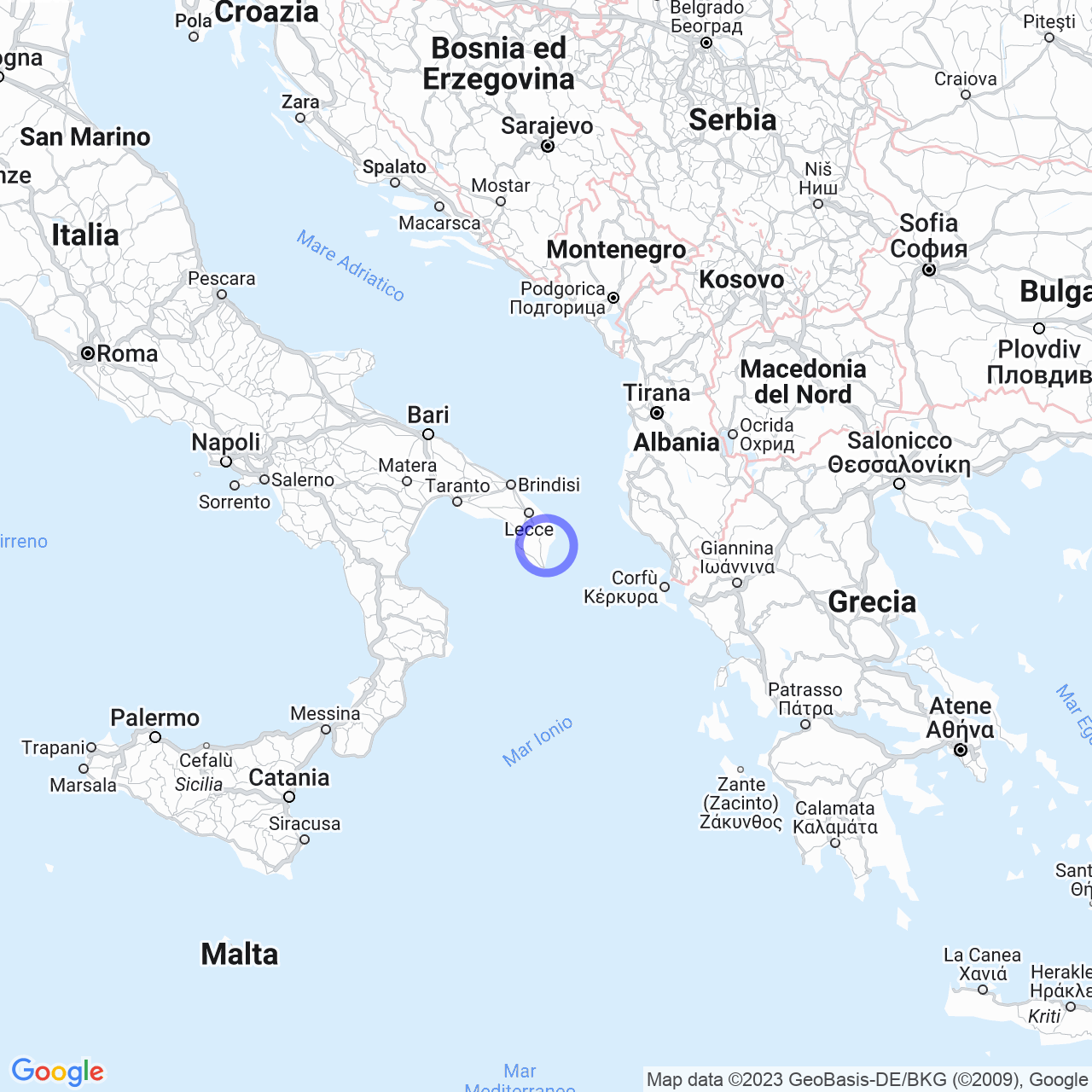Vignacastrisi
Welcome to Vignacastrisi!
Hello everyone! Today I will talk about Vignacastrisi, a small hamlet located a few kilometers from the Adriatic sea, in the southeastern Salento. With its 1,377 inhabitants, this town has a rich history of interesting events. If you are planning a trip to this area of Puglia, come with me on a discovery of Vignacastrisi!
Origin of the Name
Before talking about the history of this small Salento hamlet, I want to tell you about the origin of its name, Vignacastrisi. The name recalls the existence of "vinee castrensis", fortifications in the form of ditches and trenches that defended the nearby castle of Castro, in the province of Lecce, Puglia. In the past, the name of the village was Vignecastrisi, later changed to the current Vignacastrisi.

History
The history of this town is closely linked to that of Castro. There is no certain information about its origins, but it is believed to have been founded by the Byzantines. In 1537, it was greatly expanded thanks to the arrival of survivors who escaped the destruction of the nearby city of Castro by the Saracens. In the feudal period, Vignacastrisi followed the fate of the nearby town and its county. The last feudal lords before the abolition of the feudal regime in 1806 were the Rossi barons.
In 1806, Vignacastrisi became a hamlet of the Municipality of Diso following the suppression of feudal arrangements. The municipality of Diso, together with its hamlets, was part of the district of Poggiardo, which in turn was incorporated into the district of Gallipoli of the Province of Terra d'Otranto, which also included the districts of Taranto and Brindisi. Although territorially and historically linked to the history of Castro, Vignacastrisi became a hamlet of the municipality of Ortelle in 1809.
Monuments and Places of Interest
If you are passionate about history and religious architecture, Vignacastrisi will not disappoint you. An unmissable place is the Mother Church, dating back to the eighteenth century and dedicated to the Immaculate Conception. It was a tower of the walls of the county of Castro, as can be seen from the facade that presents the typical elements of towers such as the Piombatoia. The interior, with a single nave, houses various paintings on canvas and an ancient pipe organ recently restored and used for concerts of sacred music. The wooden statue of the Madonna del Rosario is noteworthy; severely damaged by a fire in 1962, it was repaired by the master paper mache artist Malecore from Lecce. Below it, there are two crypts currently closed off and inaccessible.
The Watchtower
Another place of interest is the Watchtower, located on the Adriatic coast between the Marinas of Andrano and those of Castro. It was built in the sixteenth century to protect the Salento coast from frequent pirate attacks. Today, the tower has been restored and opened to the public.
The Marinas of Vignacastrisi
Finally, if you are passionate about beaches and crystal-clear sea, you cannot miss the Marinas of Vignacastrisi. This stretch of coast goes from Porto Miggiano to the "Striare" cave in Castro and offers numerous sandy and pebble beaches where you can relax and enjoy the sun. Keep in mind that with the secession in 1911 from the Municipality of Ortelle of Vitigliano and Santa Cesarea Terme, which became an autonomous municipality together with Cerfignano, the Marinas of Vignacastrisi were incorporated into the new local entity.
Conclusions
Here is a brief description of Vignacastrisi, a place that contains the history of Puglia and offers you several places of interest to visit. If you want to spend a peaceful holiday among the beauty of the sea and historic architecture, this place is for you. I hope you enjoyed this brief virtual journey and that it can be useful for planning your next vacation!
